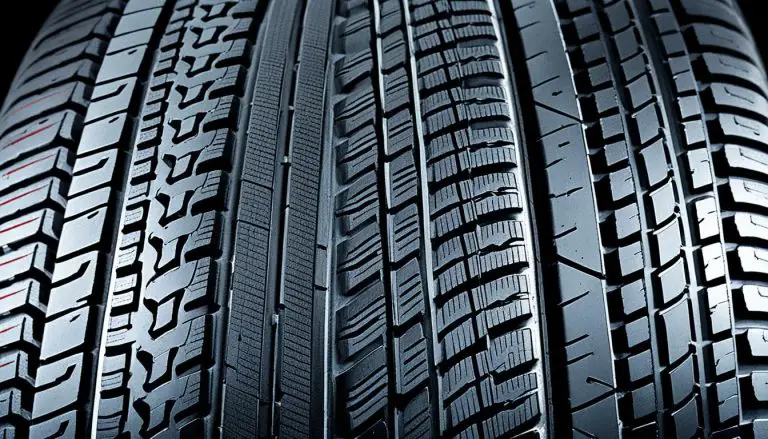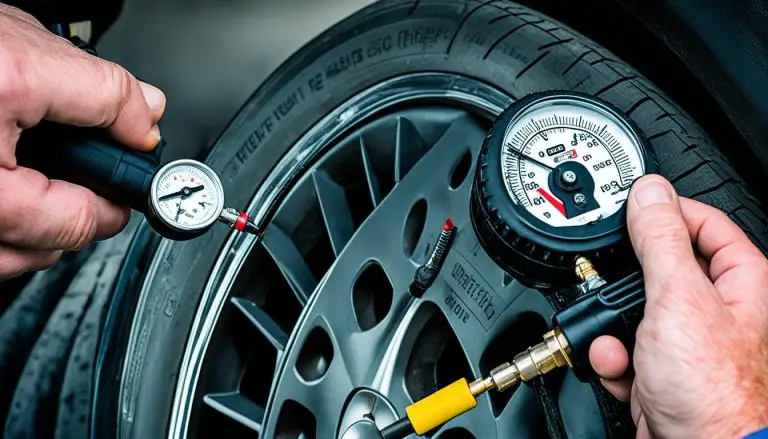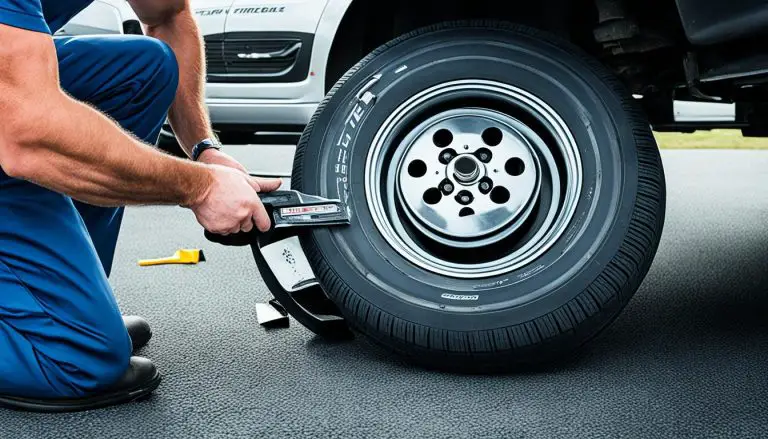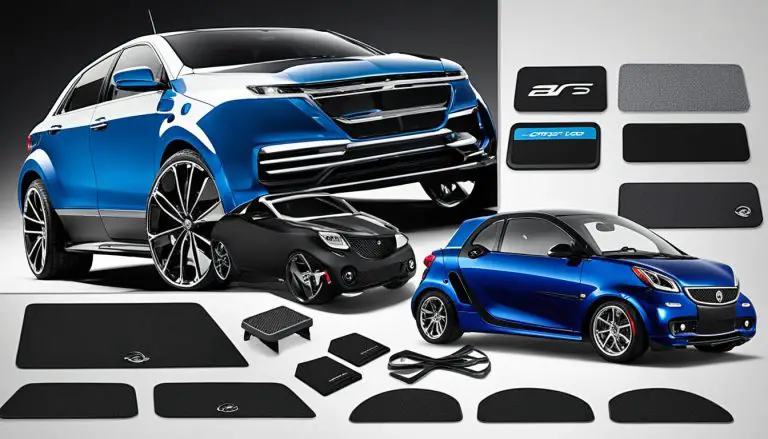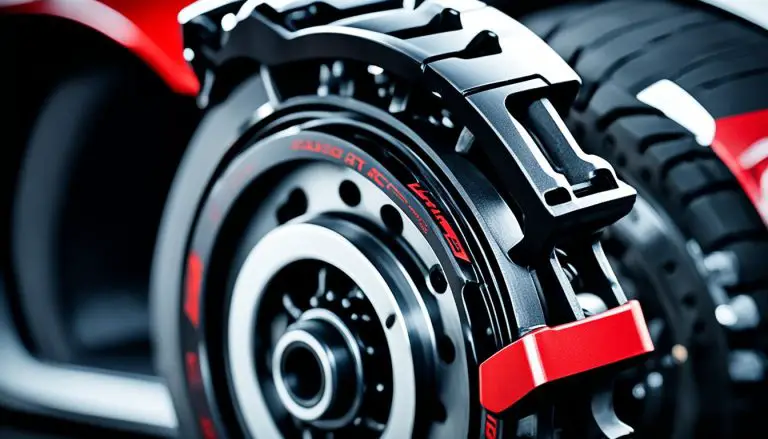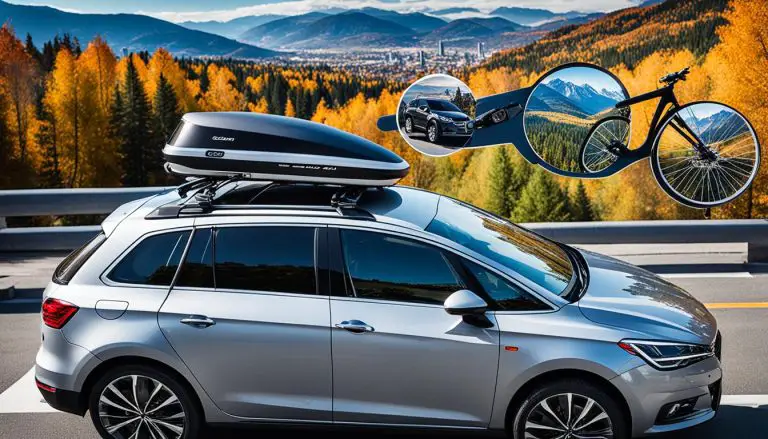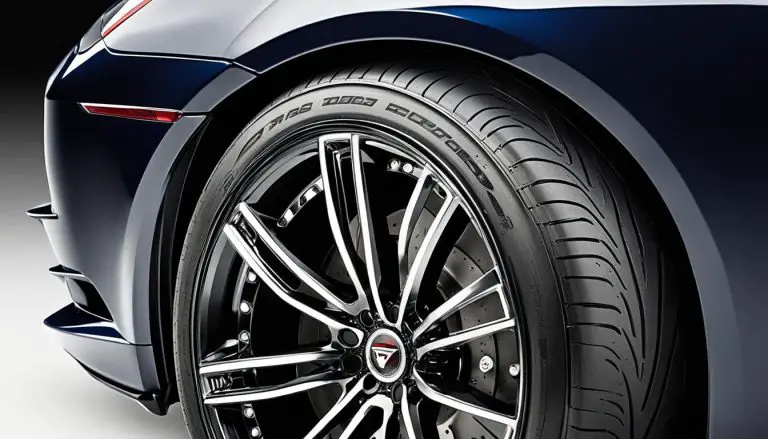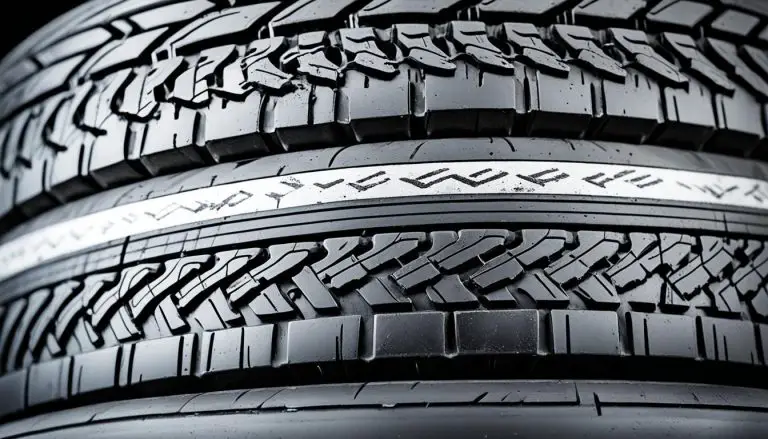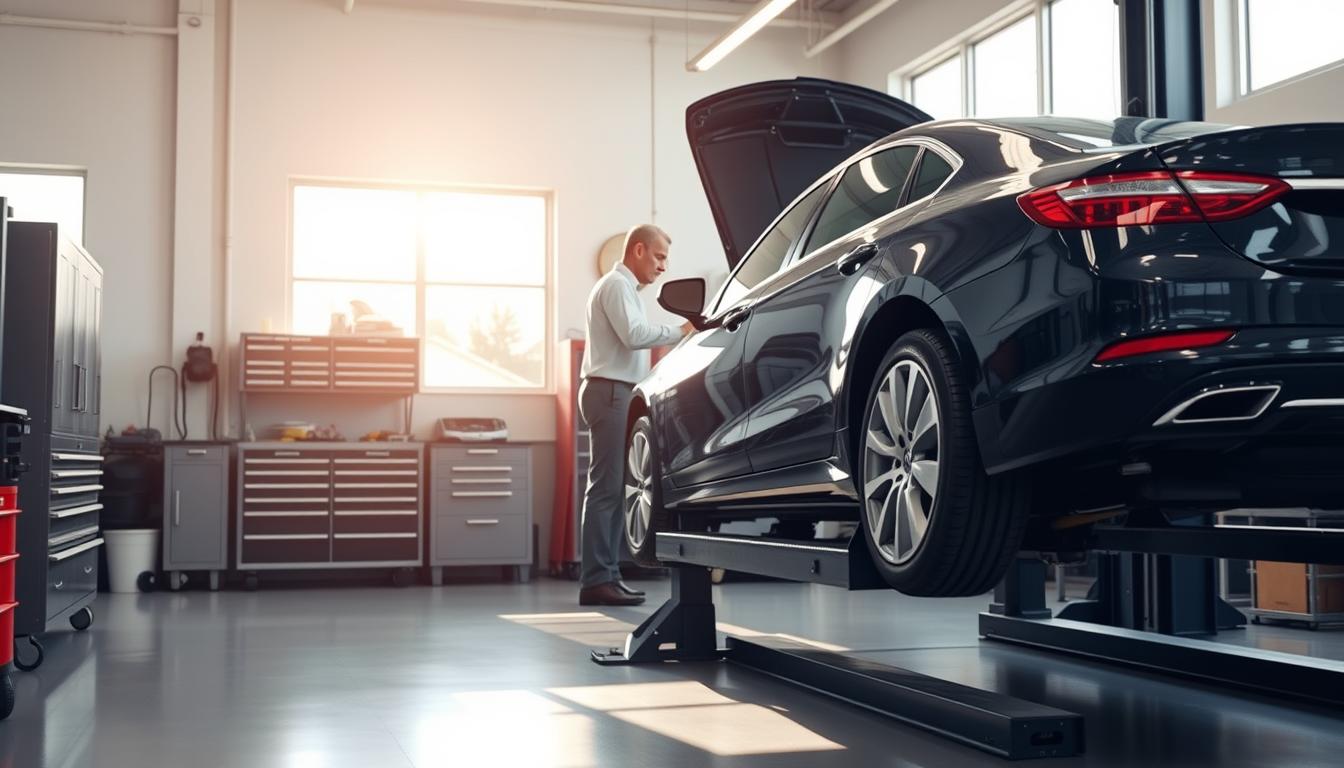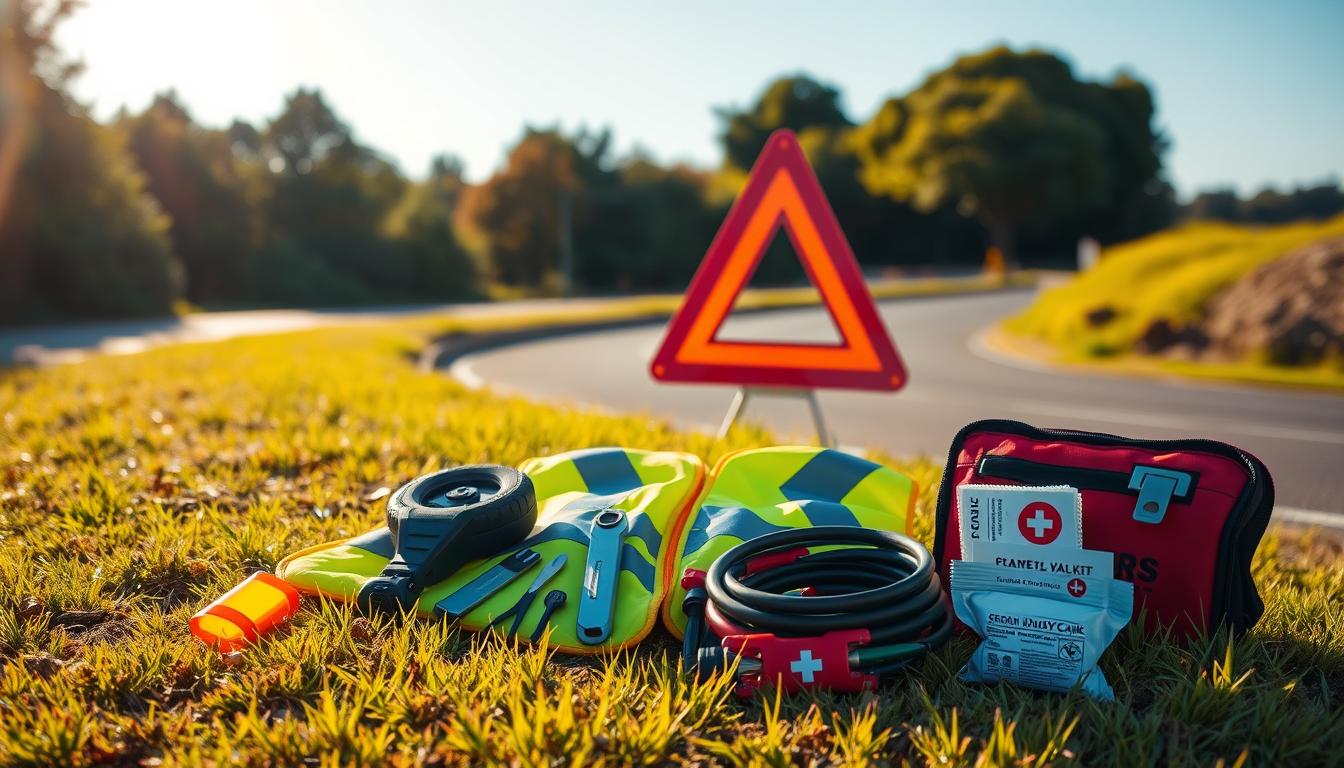Discover the importance of tire tread depth for safety and performance. Learn how to measure it and...
Blog
Discover essential car tire techniques to keep your wheels in top shape. Learn about rotation, balancing, and...
Learn how to rotate tires properly to extend their lifespan and improve vehicle performance. Our guide covers...
Discover the best top-rated car accessories to upgrade your vehicle. From floor mats to dash cams, enhance...
Discover top-quality car customization parts to transform your vehicle. Enhance performance, style, and comfort with our wide...
Discover the best premium tire brands for your vehicle. Enhance performance, safety, and comfort with top-quality wheels...
Enhance your vehicle's look and performance with top-quality performance wheels. Discover a wide range of styles, sizes,...
Discover top-quality aftermarket car parts to enhance your vehicle's performance and style. Find reliable options for maintenance,...
Discover must-have car accessories to elevate your driving experience. From practical gadgets to stylish add-ons, find the...
Discover the best car modification accessories to enhance your vehicle's performance, style, and functionality. Upgrade your ride...
